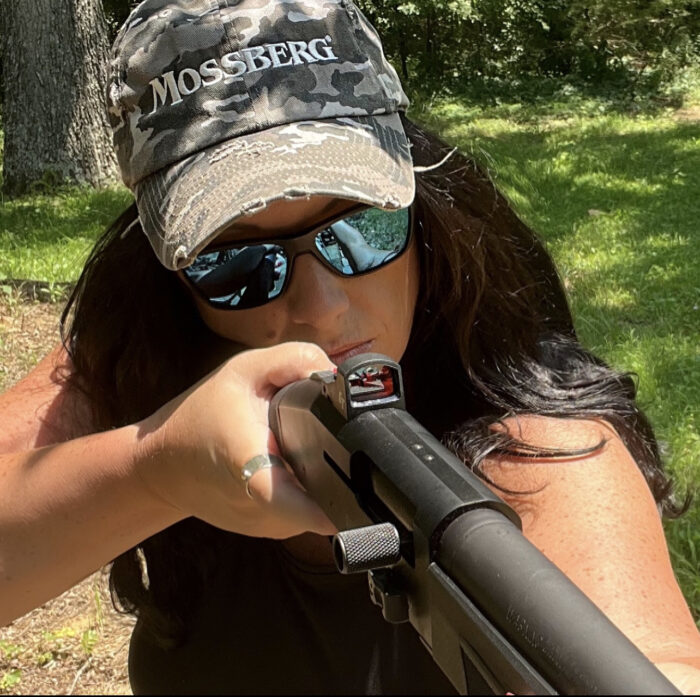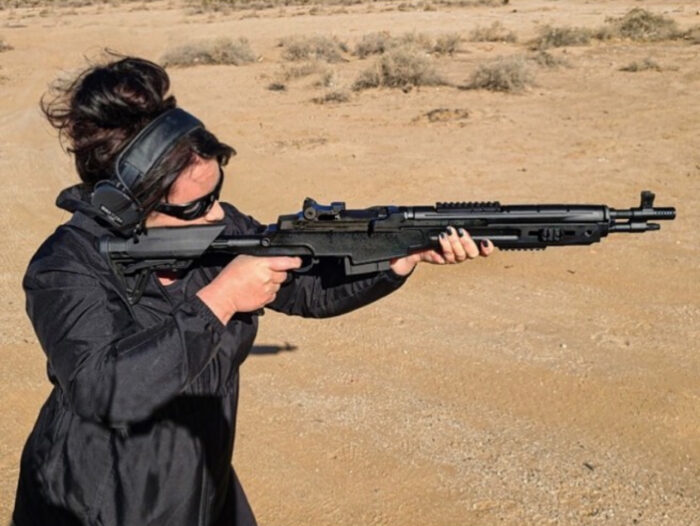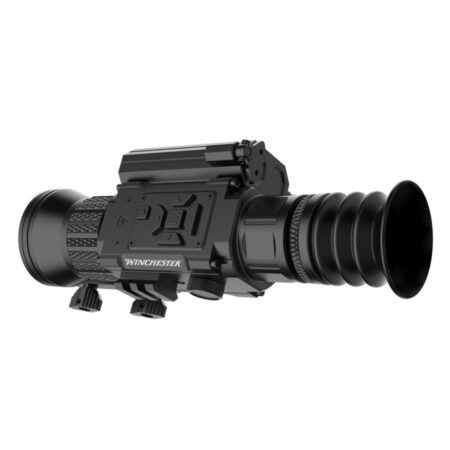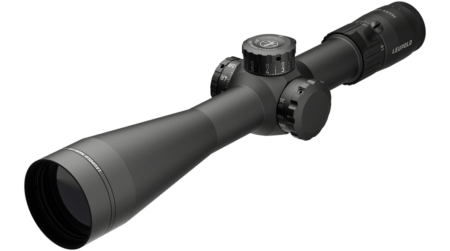Voltaire said it best when he claimed, “Common sense is not so common.” That quote is quite evident when it comes to certain self-defense myths.
Just because something may sound like a good idea doesn’t mean it is.
Here are five common self-defense myths, why they are not recommended, and what you should do instead.
1. Self-Defense is Only About Fighting
Self-defense is any countermeasure that prevents you from harm. Acquiring physical skills to defend yourself is important, but self-defense should also include mental skills. Situational Awareness and Avoidance skills should be first in your self-defense toolbox. Knowing what to watch for, what to avoid, and how to handle yourself in varying environments should be your first line of defense.
The goal should be never having to go to a self-defense weapon or any type of hand-to-hand combat. Educating yourself with situational awareness and avoidance skill sets keeps you in an offensive position rather than a defensive one. Mental countermeasures are just as important as physical countermeasures.

2. Just Shoot Them in the Leg
This is called “shoot to wound”. In theory, this sounds like a great idea. Disable the attacker then get away. First and foremost, you should ONLY pull the trigger if you are certain it is a life-or-death situation. If it is, shooting to wound is a bad idea. Hitting a small moving target such as a leg or an arm while under stress is much more difficult than aiming for center mass. The odds of hitting that small target are unlikely and now you have a stray bullet heading somewhere else.
Additionally, there is no guarantee you will disable the threat. Attackers who are shot in a non-physical stop area can and will keep going. If the shot does not neutralize the threat, they will only stop if they choose to. If you are in a life-or-death situation, shooting to wound is a poor decision that will only put your life at greater risk.
3. Fire a Warning Shot into the Air
This is an incredibly irresponsible option to deter a threat. You are responsible for every shot you fire. Firing without an identified target means you have no idea where that bullet is going, where it will land, or what it could potentially hit. If the goal is to show a threat that you are serious and ready to defend, keeping your firearm at a low ready would be far more responsible.
4. Just Rack Your Gun, They’ll Run
The idea is that the sound will scare off an attacker or intruder. This is an extremely popular concept for shotgun lovers. Yes, there is no doubt it is an intimidating sound, but unless you have a timid group of unarmed juveniles, this is a terrible idea. You cannot predict the behavior of a person with ill intent. They do not think the way we do.
These are people with a total disregard for the law, and other human beings. The assumption that the sound of your gun racking will scare them off is naive. The sound of your gun racking forces them to make one of two decisions. They will retreat, or they will charge and engage the sound – potentially with a gun if they’re armed.

5. Women Need Small Guns and Light Calibers
This could not be further from the truth. The “try this little lady” mentality does exist with some people. I don’t think this is a chauvinistic attitude. I honestly believe some people are genuinely trying to help women but they’re just lacking education. Defaulting to a tiny revolver or lighter caliber pistol seems to make sense to them. Shooting a firearm is hand-specific and based on the individual. It has nothing to do with being male or female. I have seen petite women handle firearms with better form, accuracy, and recoil management than much larger men. What everyone really needs is professional education and training with the ability to try different guns to see what works best for them.
We must be able to think beyond the situation. Actions always have consequences that will either be positive or negative. It’s important to think through our plans of action and find the areas where something could go wrong. Thinking through different “what-if” scenarios is also beneficial. Mentally go through the scenarios and ask yourself the following questions:
- Does this make sense and is it legal where I live?
- Was this information obtained from a credible source?
- What are the different ways this could backfire or go wrong?
- If I defend myself in this manner, what could I potentially be liable for after?
- Am I proficiently trained to handle these actions?
These are just a few of the self-defense “myths” that are out there. Some are obviously ridiculous and quite common, while others appear to be credible when they aren’t.
It can be difficult to filter through the information and opinions to find accurate and sound knowledge. My advice is to always find a trained professional for guidance, especially when it comes to firearms.
Read the full article here












